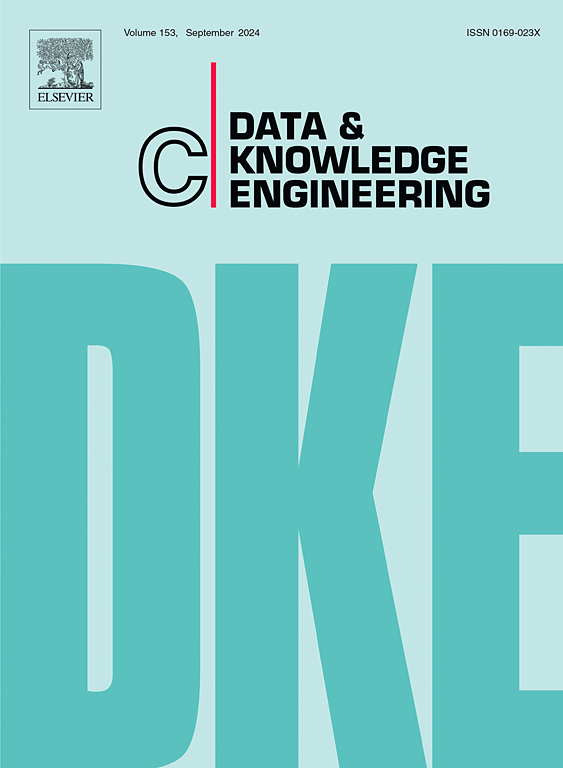Fake news detection algorithms – A systematic literature review
IF 2.7
3区 计算机科学
Q3 COMPUTER SCIENCE, ARTIFICIAL INTELLIGENCE
引用次数: 0
Abstract
Social media and news platforms make available to their users, in real-time and simultaneously, access to a significant amount of content that may be true or false. It is remarkable that, with the evolution of Industry 4.0 technologies, the production and dissemination of fake news also increased in recent years. Some content quickly reaches considerable popularity because it is accessed and shared on a large scale, especially in social networks, thus having a potential for going viral. Thus, this study aimed to identify the algorithms and software used for fake news detection. The choice for this combination is justified because in Brazil this process is carried out manually by verification agencies and thus, based on the mapping of the algorithms identified in the literature, an architecture proposal will be developed using artificial intelligence. As a methodology, a systematic literature review (SLR) was conducted in the Science Direct and Scopus databases using the keywords "fake news" and "machine learning" to locate reviews and research articles published in Engineering fields from 2018 to 2023. A total of 24 articles were analyzed, and the results pointed out that Facebook and X1 were the social networks most used to disseminate fake news. Moreover, the main topics addressed were the COVID-19 pandemic and the United States presidential elections of 2016 and 2020. As for the most used algorithms, a predominance of neural networks was observed. The contribution of this study is in mapping the most used algorithms and their degree of assertiveness, as well as identifying the themes, countries and related researchers that help in the evolution of the fake news theme.
假新闻检测算法-系统文献综述
社交媒体和新闻平台向用户实时、同步地提供了大量可能是真的或假的内容。值得注意的是,随着工业4.0技术的发展,近年来假新闻的生产和传播也有所增加。一些内容迅速获得相当大的人气,因为它被大规模访问和分享,特别是在社交网络上,因此具有病毒式传播的潜力。因此,本研究旨在确定用于假新闻检测的算法和软件。选择这种组合是合理的,因为在巴西,该过程是由验证机构手动执行的,因此,基于文献中确定的算法映射,将使用人工智能开发架构建议。作为方法,在Science Direct和Scopus数据库中,以“假新闻”和“机器学习”为关键词,对2018年至2023年在工程领域发表的评论和研究文章进行了系统文献综述(SLR)。共分析了24篇文章,结果指出Facebook和X1是最常用于传播假新闻的社交网络。此外,讨论的主要议题是2019冠状病毒病大流行以及2016年和2020年美国总统选举。对于最常用的算法,神经网络占主导地位。这项研究的贡献在于绘制了最常用的算法及其自信程度,以及确定了有助于假新闻主题演变的主题、国家和相关研究人员。
本文章由计算机程序翻译,如有差异,请以英文原文为准。
求助全文
约1分钟内获得全文
求助全文
来源期刊

Data & Knowledge Engineering
工程技术-计算机:人工智能
CiteScore
5.00
自引率
0.00%
发文量
66
审稿时长
6 months
期刊介绍:
Data & Knowledge Engineering (DKE) stimulates the exchange of ideas and interaction between these two related fields of interest. DKE reaches a world-wide audience of researchers, designers, managers and users. The major aim of the journal is to identify, investigate and analyze the underlying principles in the design and effective use of these systems.
 求助内容:
求助内容: 应助结果提醒方式:
应助结果提醒方式:


